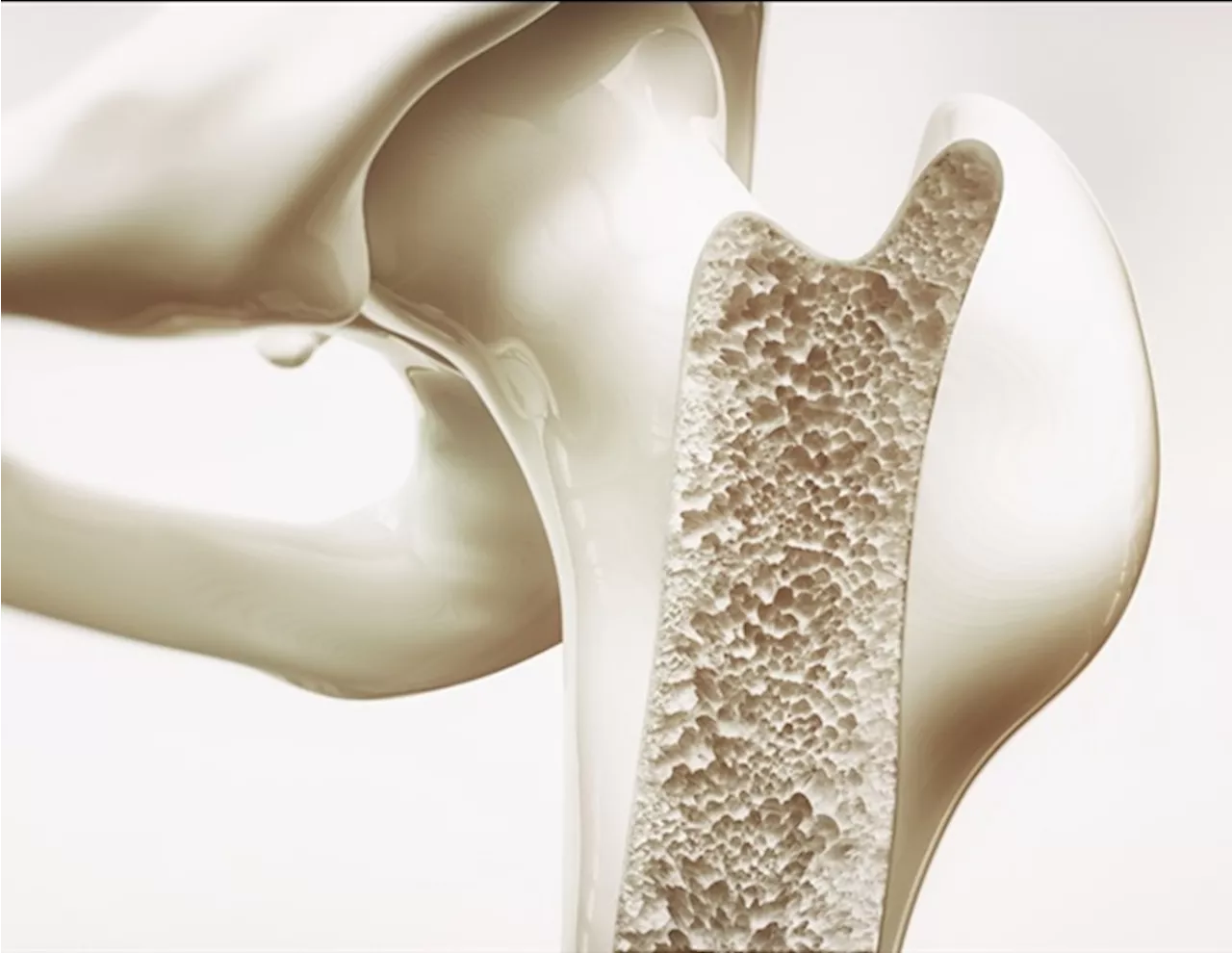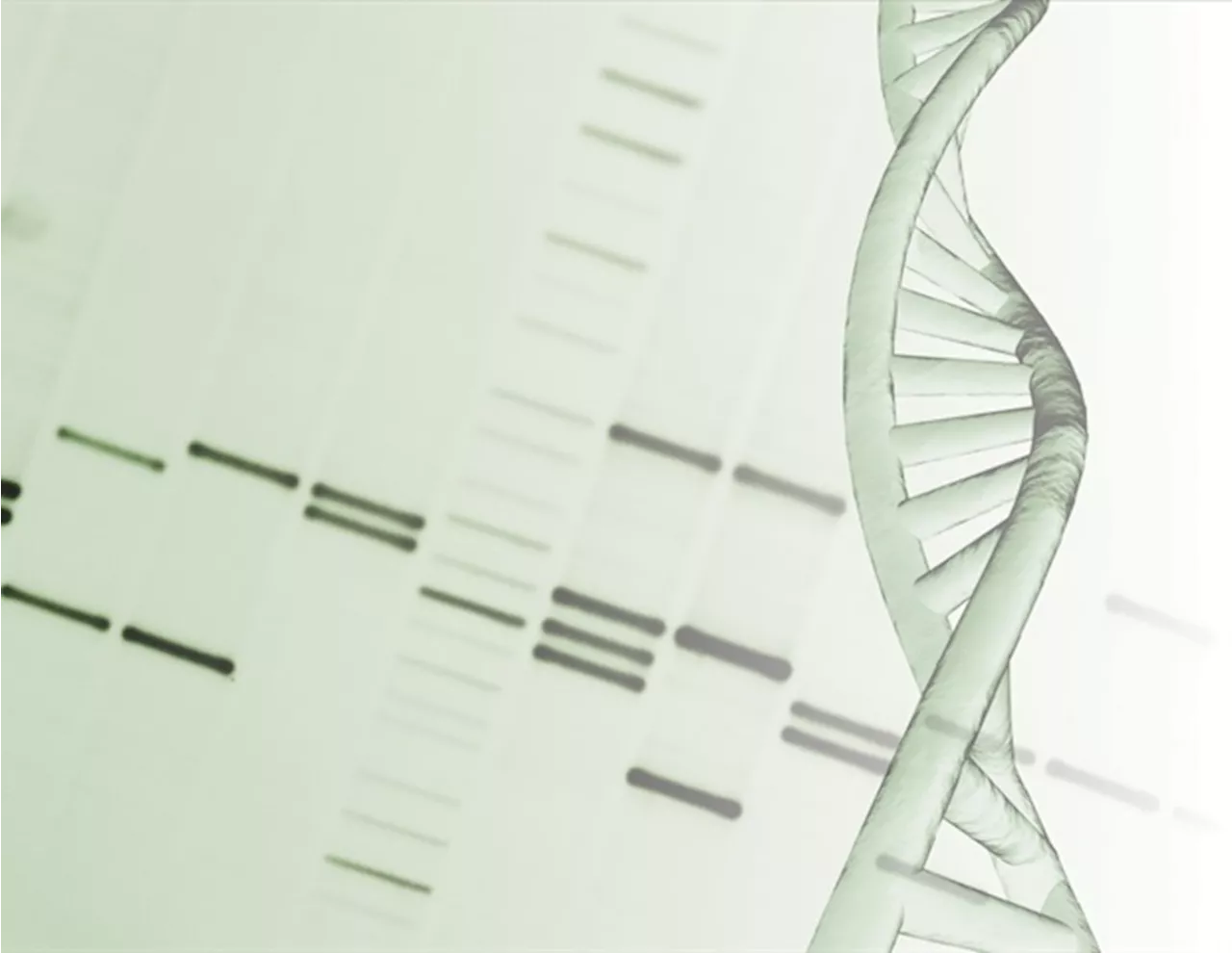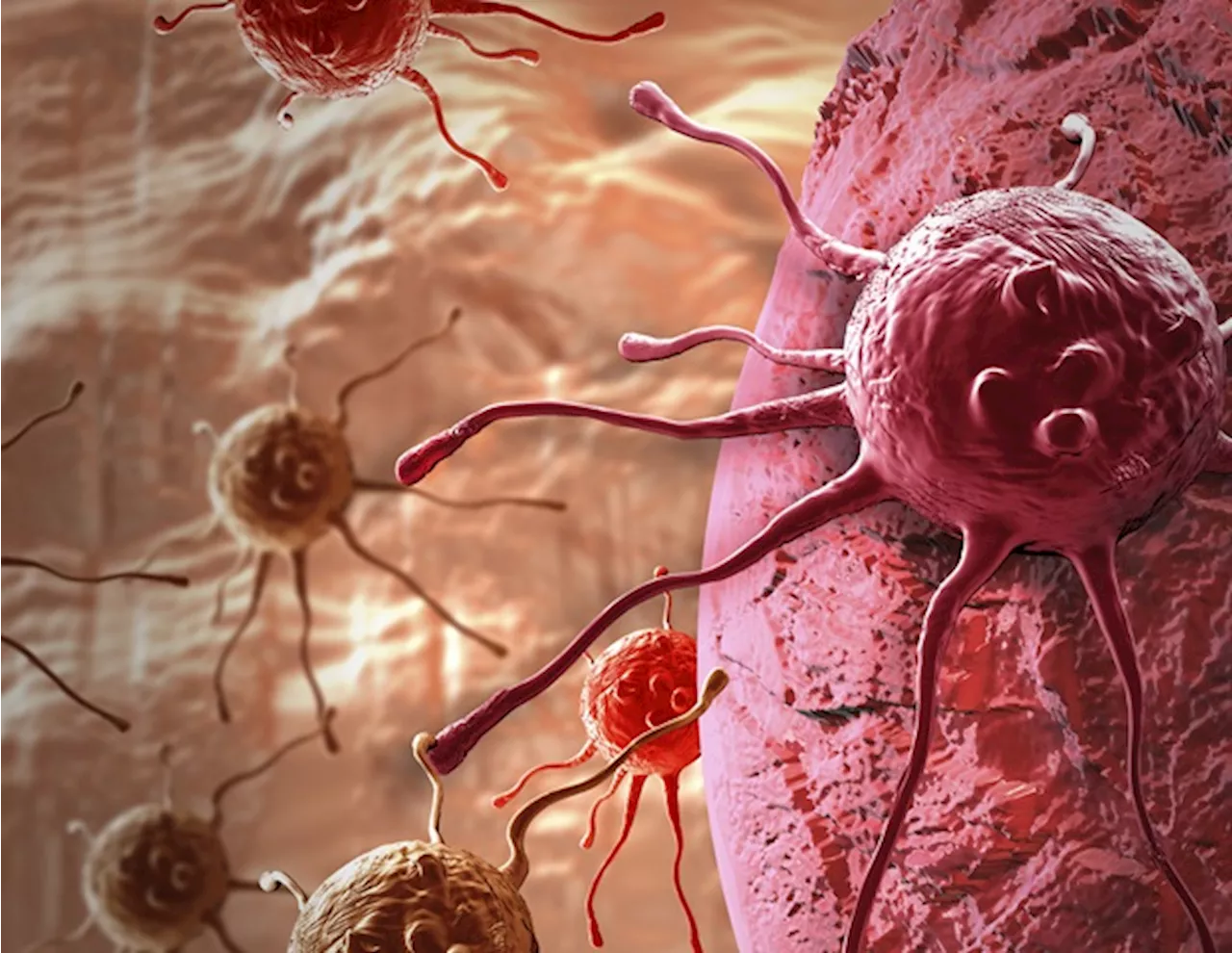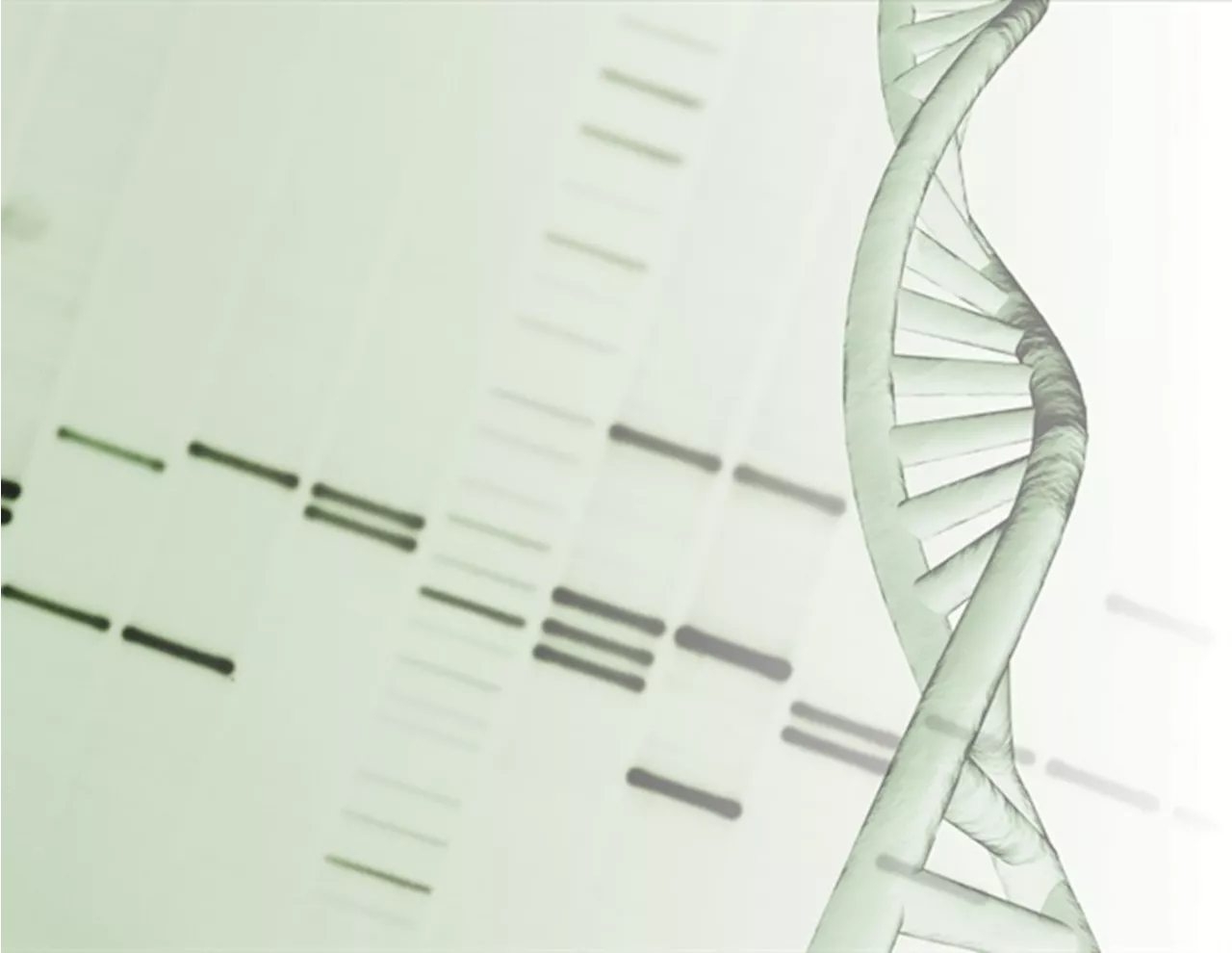Hydrogels are polymeric materials with three-dimensional network structures containing large amounts of water. They serve as sustained-release drug delivery systems as they can encapsulate various bioactive substances, including drugs, antigens, and even cells.
Tokyo University of ScienceFeb 13 2025 Hydrogel s are better drug delivery alternatives than conventional systems, as they are more biocompatible, biodegradable, and easily administered as an injectable scaffold.
To address this, a Takumi-shaped DNA unit was formed with only two ODNs. However, studies investigating its optimization as a sustained-release drug carrier or its retention ability are limited. Each ODN in the Takumi-shaped DNA structure was constructed with an eight-18 nucleotide-long palindromic stem attached to two cohesive parts on either side with a thymidine spacer. The ODNs form a self-dimer via the palindromic sequence, and each ODN was named according to the number of nucleotides in the stem and cohesive parts. For instance, 14s-2 refers to an ODN with a stem length of 14 nucleotides and a cohesive part of 10 nucleotides located at both ends of the stem.
The researchers also assessed the storage modulus of hydrogels, which helps understand how the hydrogel changes under different physical conditions, by varying lengths of cohesive parts, demonstrating that 10-nucleotide-long GC-rich cohesive parts exhibit better thermal stability and storage modulus compared to other formations.
Bases Doxorubicin Drug Delivery Drugs Hydrogel In Vivo Ligase Nanostructures Nucleic Acid Nucleotide Nucleotides Research Technology
United Kingdom Latest News, United Kingdom Headlines
Similar News:You can also read news stories similar to this one that we have collected from other news sources.
 Injectable Hydrogels Show Promise for Rapid Bone Density Increase in Osteoporosis TreatmentResearchers at EPFL have developed an injectable hydrogel that, when combined with systemic drugs, significantly increases bone density in a short period. This innovative therapy could revolutionize the prevention and treatment of osteoporosis fractures.
Injectable Hydrogels Show Promise for Rapid Bone Density Increase in Osteoporosis TreatmentResearchers at EPFL have developed an injectable hydrogel that, when combined with systemic drugs, significantly increases bone density in a short period. This innovative therapy could revolutionize the prevention and treatment of osteoporosis fractures.
Read more »
 DNA From Illegal Capsule Packaging Could Crack Drug TradeResearchers at Flinders University have discovered that DNA from individuals involved in making, packing, and transporting illegal capsules can be found on both the capsules themselves and the ziplock bags they are stored in. This finding could revolutionize forensic investigations, allowing authorities to identify those involved in the drug trade through DNA profiling. Experiments revealed that capsule makers leave behind more DNA than packers, and that the DNA yield on the ziplock bags increases with the number of people who handle them.
DNA From Illegal Capsule Packaging Could Crack Drug TradeResearchers at Flinders University have discovered that DNA from individuals involved in making, packing, and transporting illegal capsules can be found on both the capsules themselves and the ziplock bags they are stored in. This finding could revolutionize forensic investigations, allowing authorities to identify those involved in the drug trade through DNA profiling. Experiments revealed that capsule makers leave behind more DNA than packers, and that the DNA yield on the ziplock bags increases with the number of people who handle them.
Read more »
 RNA Damage is the First Trigger of Sunburn, Not DNAA new study by the University of Copenhagen and Nanyang Technological University, Singapore, reveals that RNA damage, not DNA damage, is the initial trigger of sunburn reactions.
RNA Damage is the First Trigger of Sunburn, Not DNAA new study by the University of Copenhagen and Nanyang Technological University, Singapore, reveals that RNA damage, not DNA damage, is the initial trigger of sunburn reactions.
Read more »
 Emmerdale Fans Suspect Who Will Kill Anthony After Shocking DNA RevealEmmerdale fans are on edge after a DNA test revealed Stephanie Milligan's true parentage, setting the stage for Anthony's death. Caleb Milligan, Cain Dingle, Aaron Dingle, Nicola King, and Laurel Thomas are all considered potential suspects in the upcoming murder.
Emmerdale Fans Suspect Who Will Kill Anthony After Shocking DNA RevealEmmerdale fans are on edge after a DNA test revealed Stephanie Milligan's true parentage, setting the stage for Anthony's death. Caleb Milligan, Cain Dingle, Aaron Dingle, Nicola King, and Laurel Thomas are all considered potential suspects in the upcoming murder.
Read more »
 Breakthrough reveals how DNA and RNA epigenetics work together to control genesOur genes contain all the instructions our body needs to function, but their expression must be finely regulated to guarantee that each cell performs its role optimally.
Breakthrough reveals how DNA and RNA epigenetics work together to control genesOur genes contain all the instructions our body needs to function, but their expression must be finely regulated to guarantee that each cell performs its role optimally.
Read more »
 Ancient Viral DNA Plays a Key Role in Early Embryo DevelopmentResearchers at Helmholtz Munich and LMU have discovered that transposable elements, remnants of ancient viral DNA, are crucial for early embryo development. A new method to study their transcription revealed that these elements are re-expressed in mammalian embryos and vary across species. This finding opens up new avenues for gene manipulation and understanding cellular plasticity.
Ancient Viral DNA Plays a Key Role in Early Embryo DevelopmentResearchers at Helmholtz Munich and LMU have discovered that transposable elements, remnants of ancient viral DNA, are crucial for early embryo development. A new method to study their transcription revealed that these elements are re-expressed in mammalian embryos and vary across species. This finding opens up new avenues for gene manipulation and understanding cellular plasticity.
Read more »
